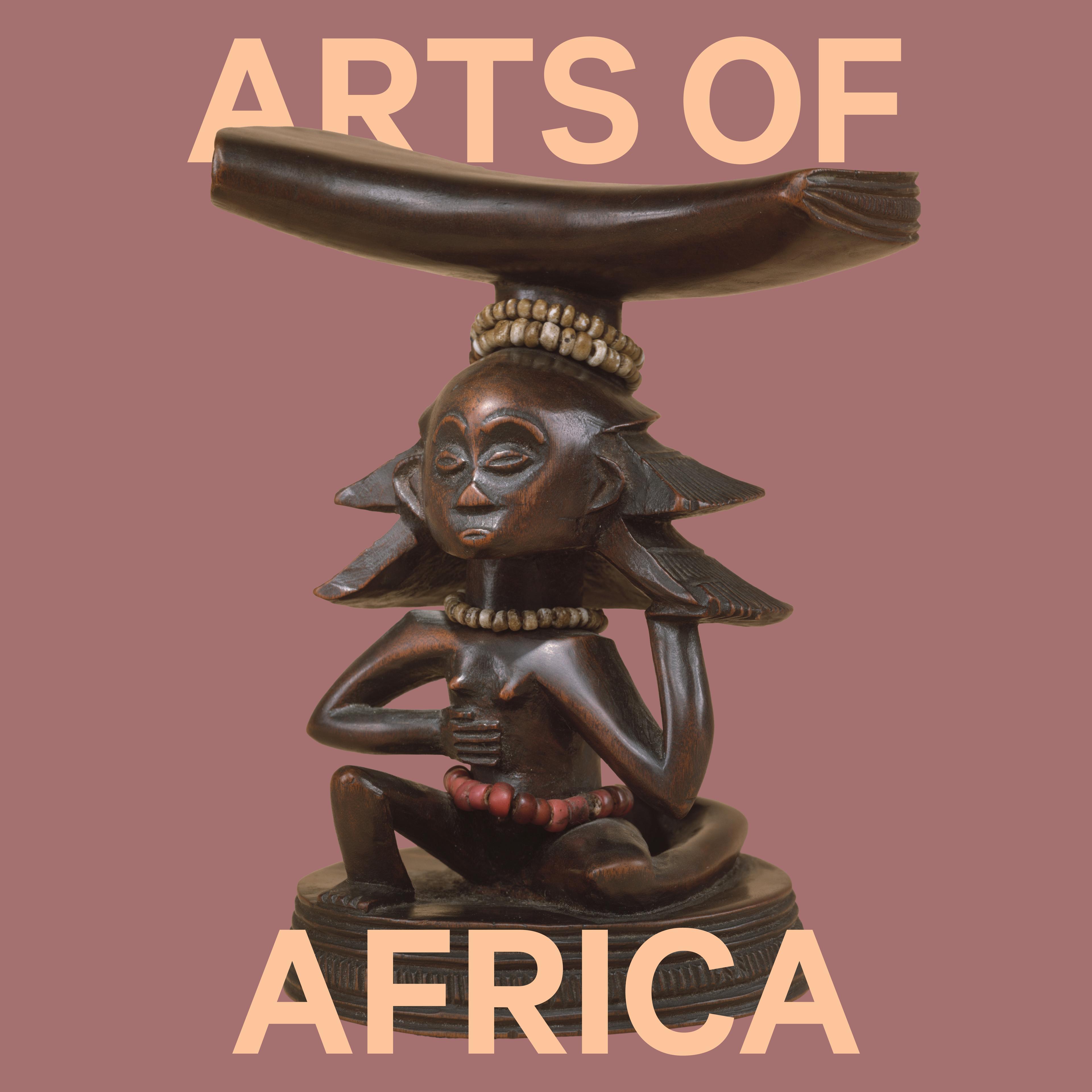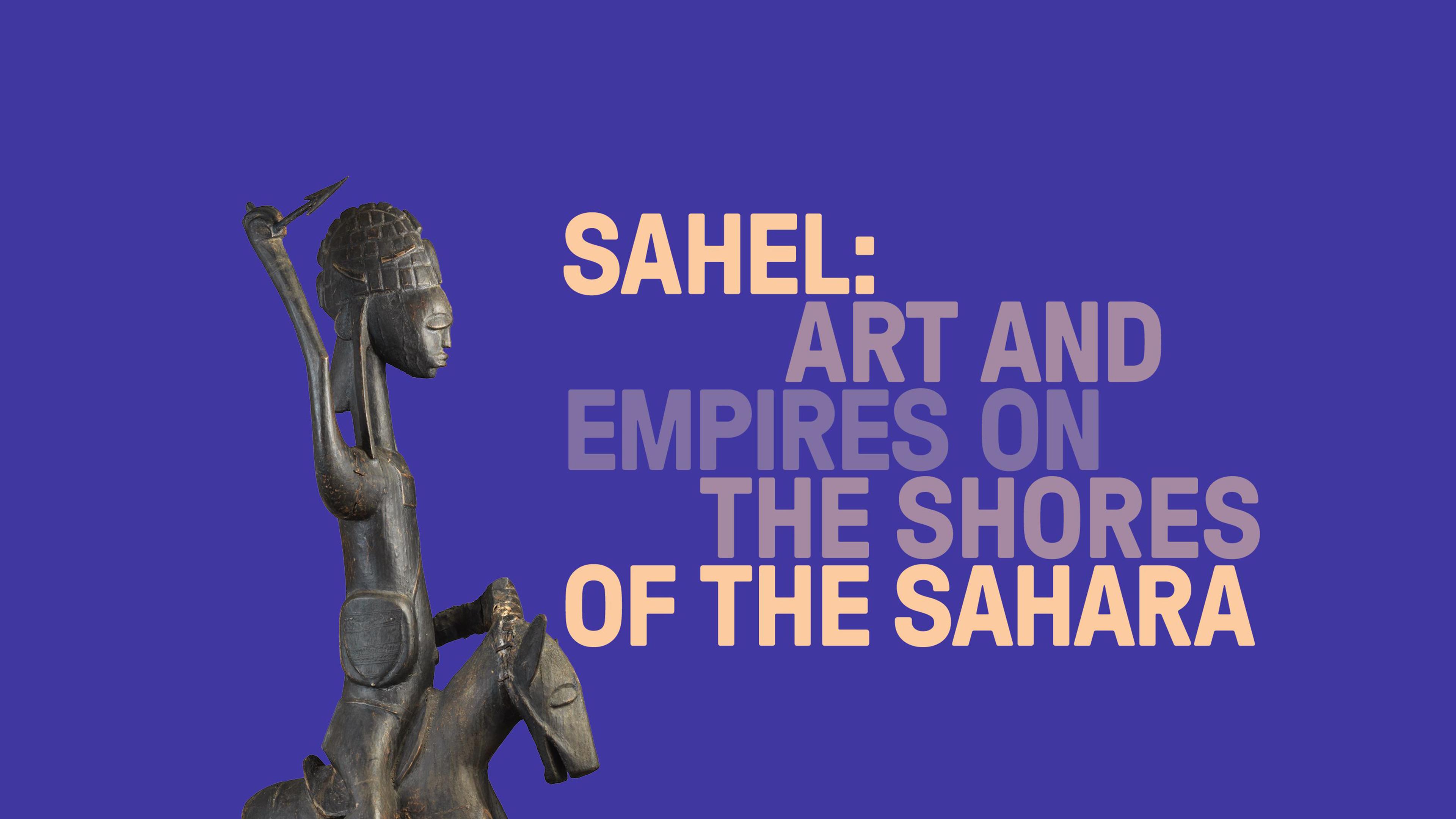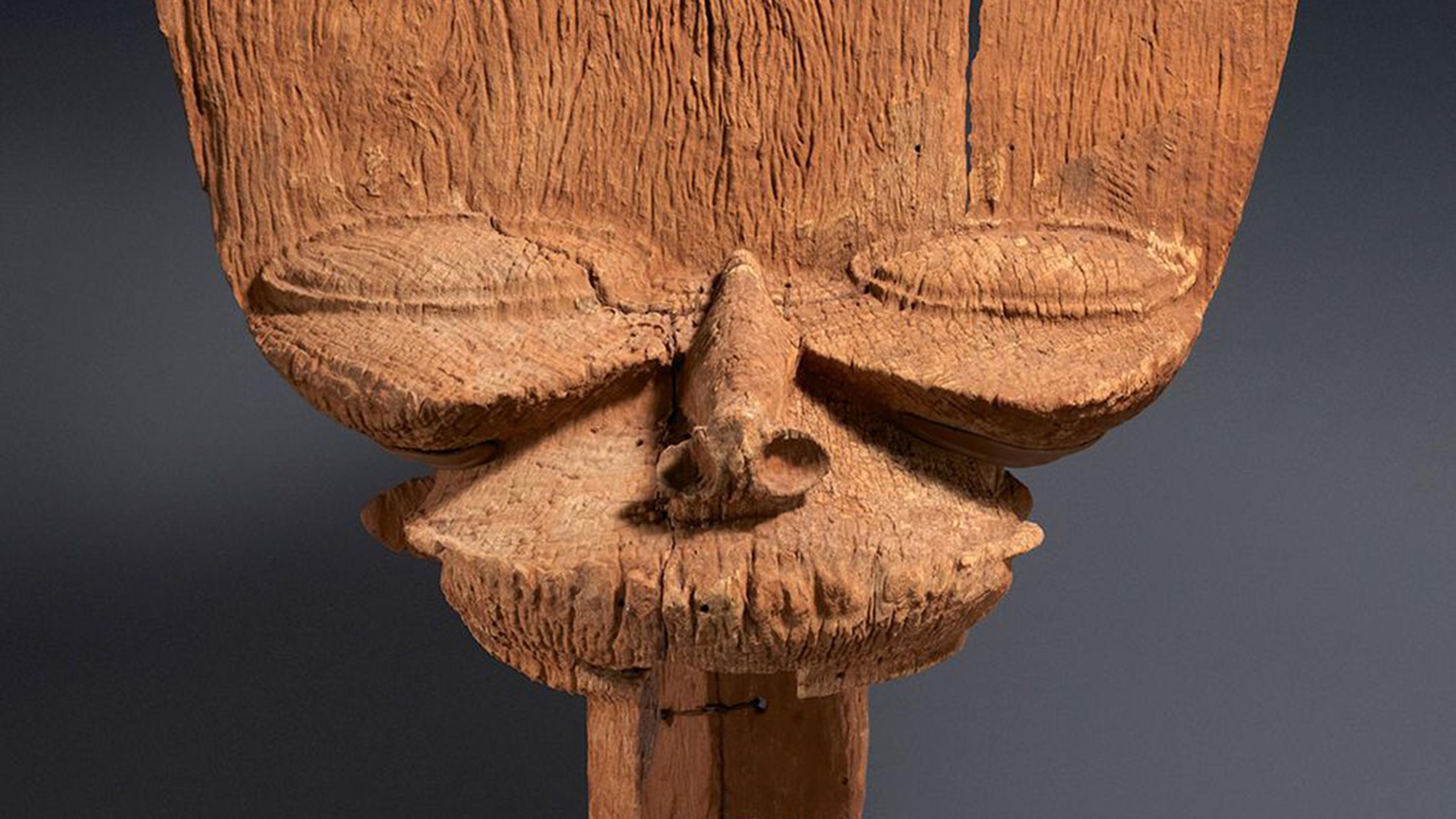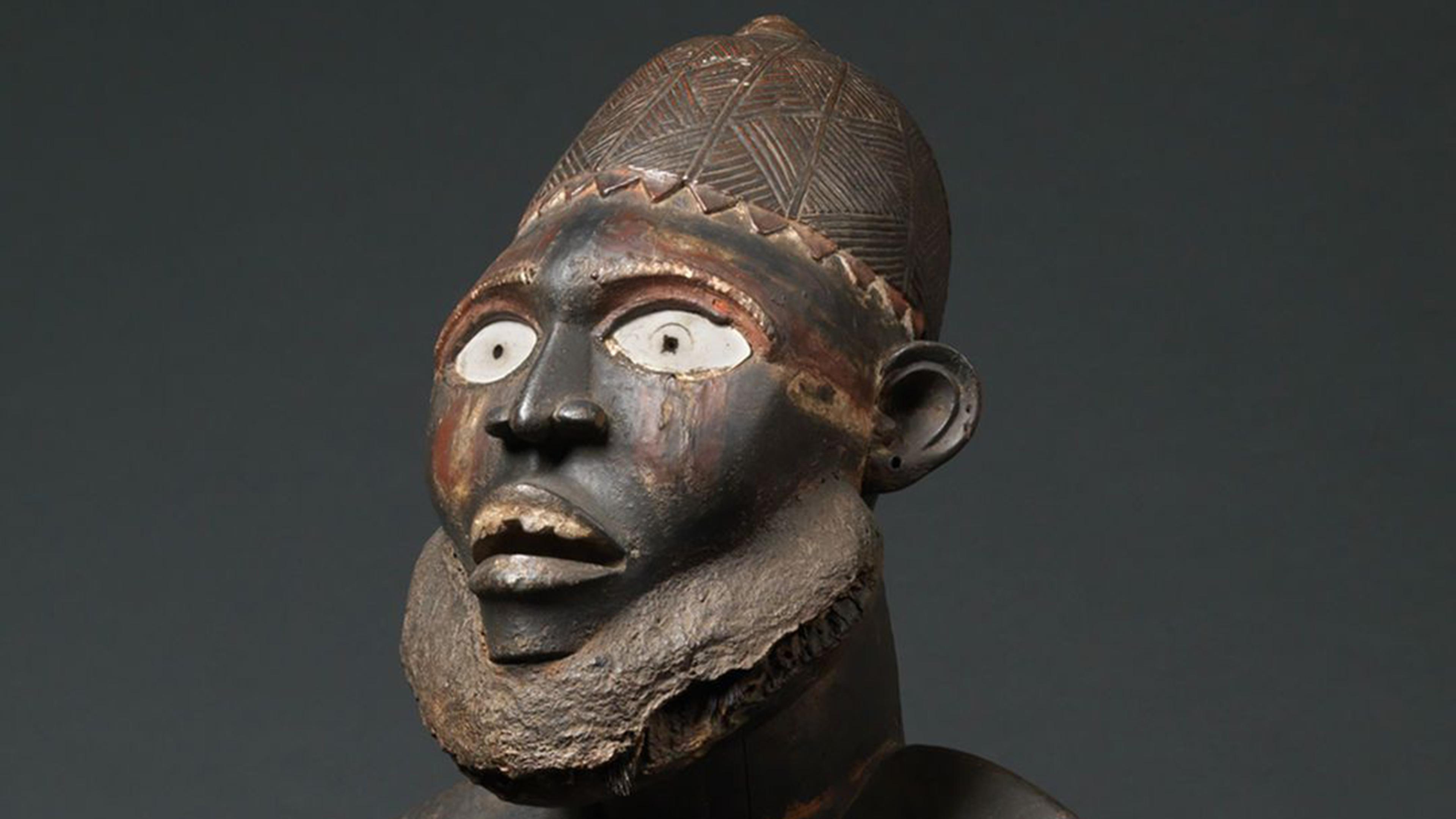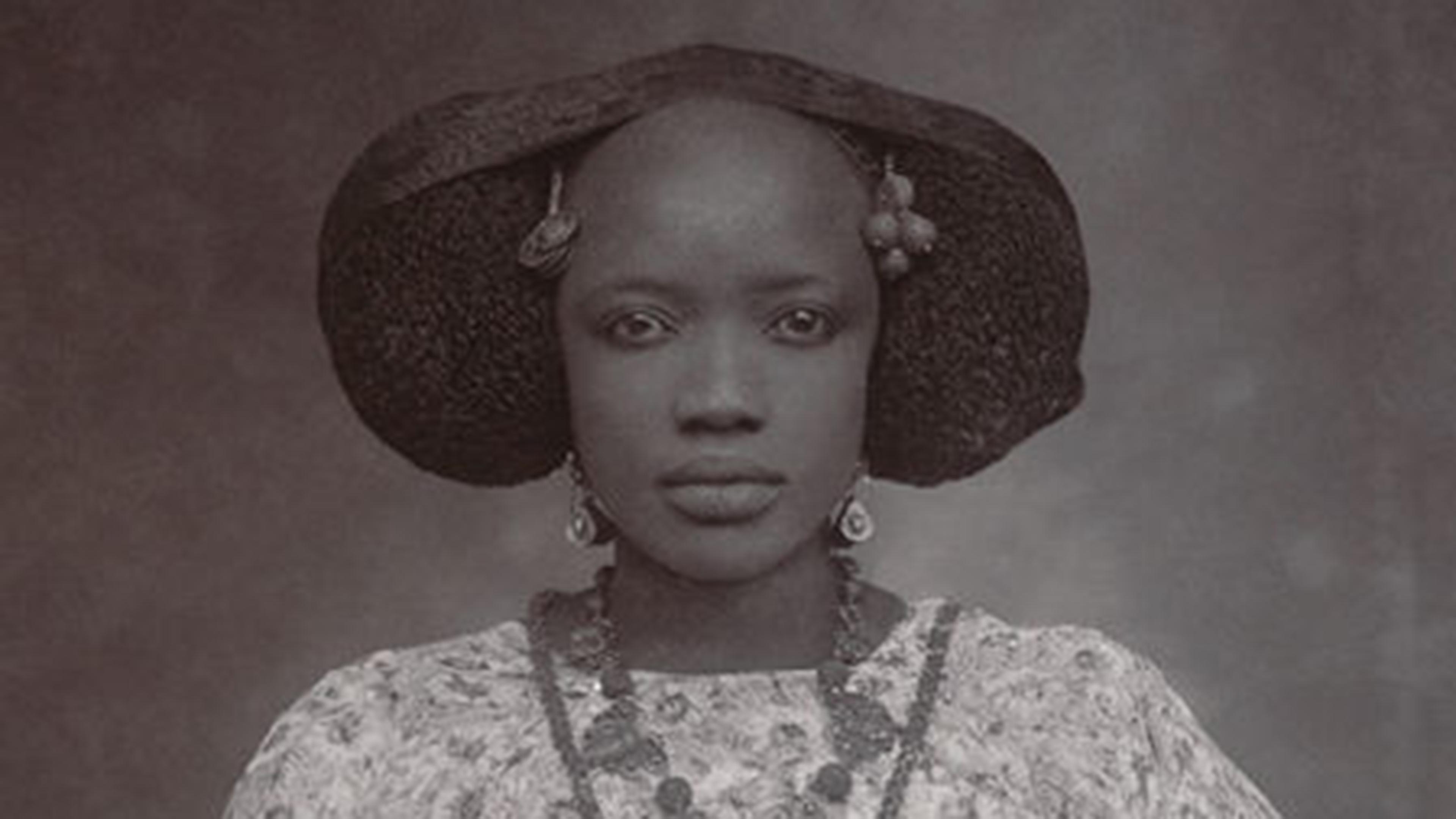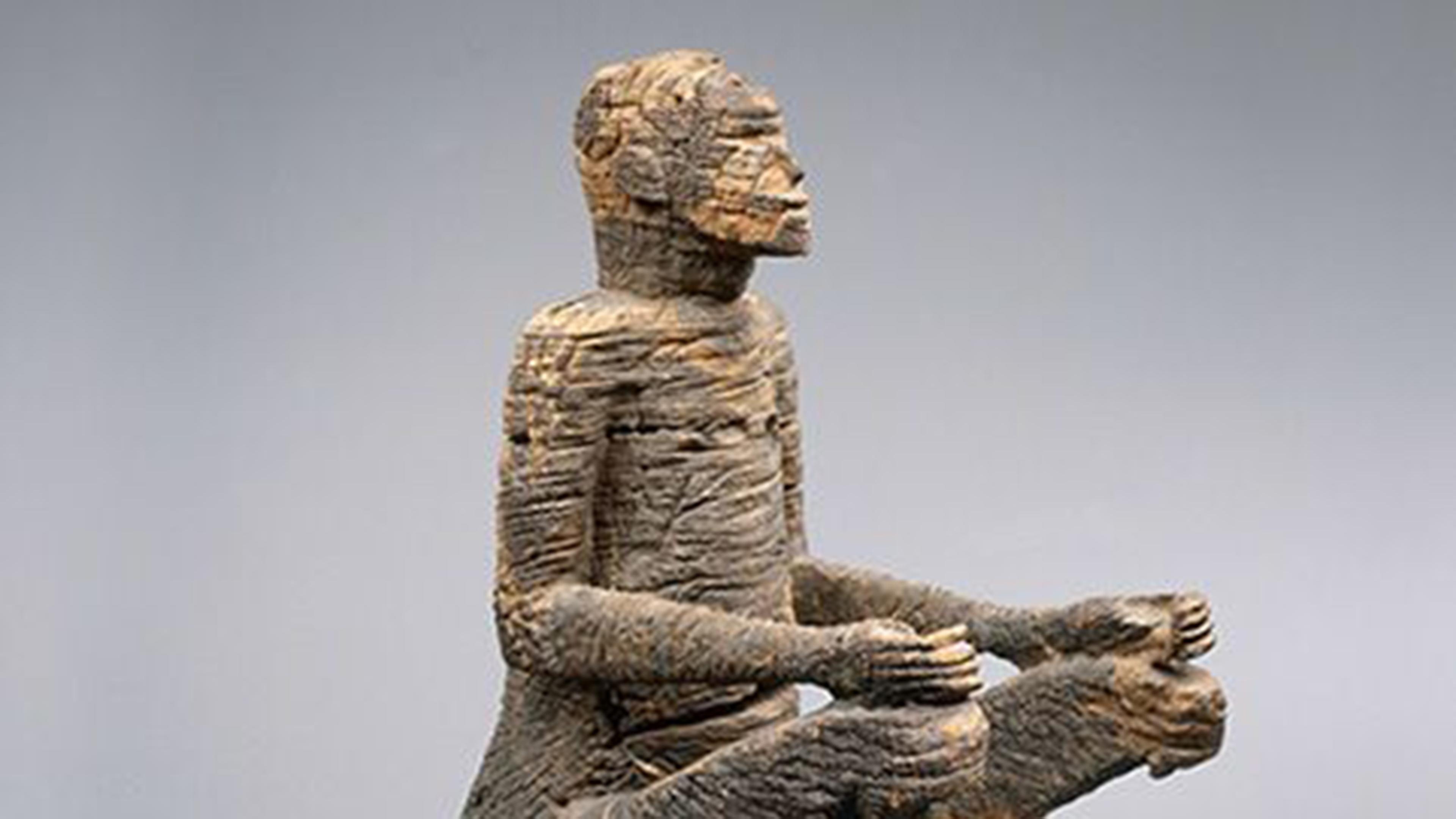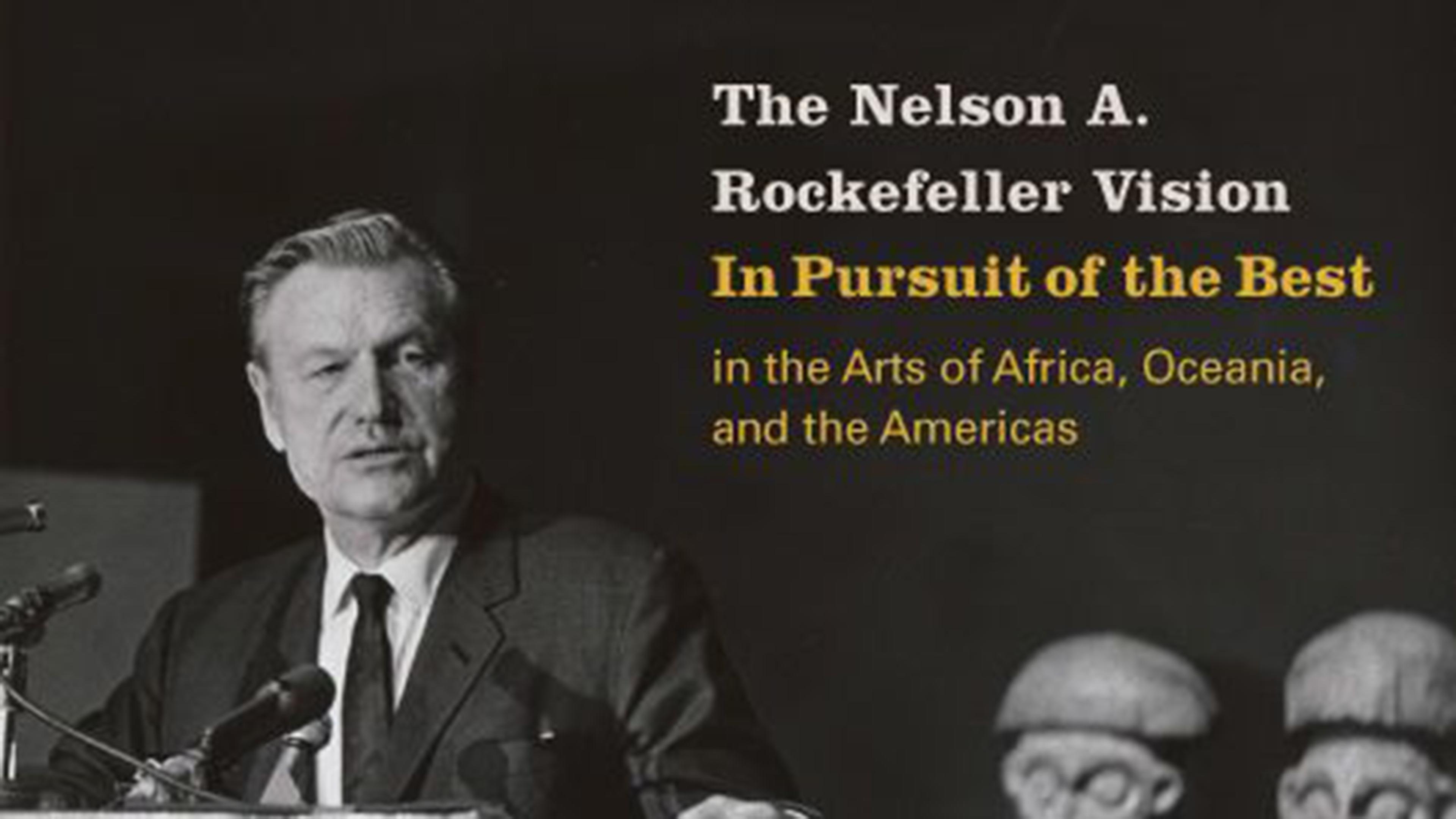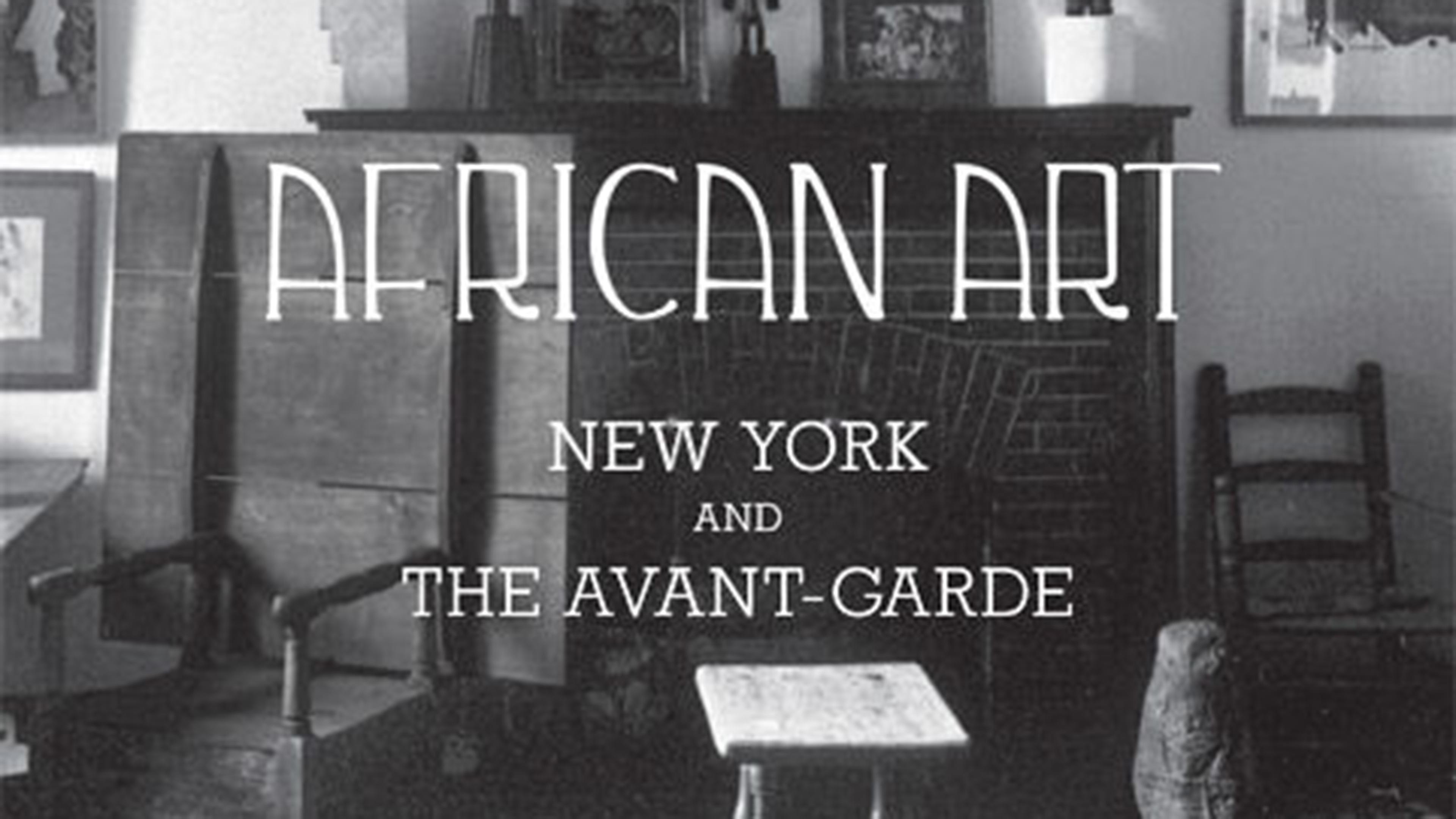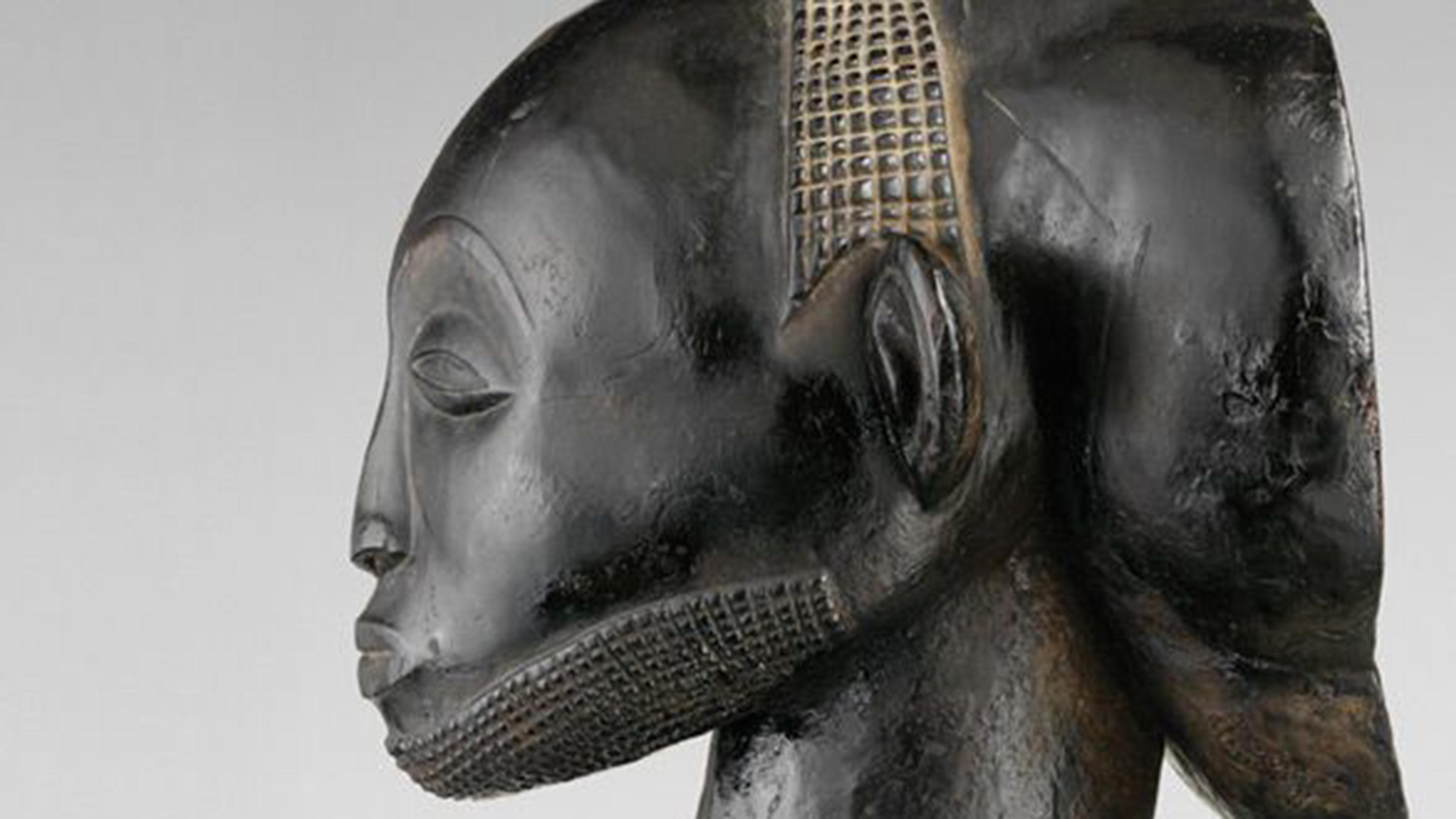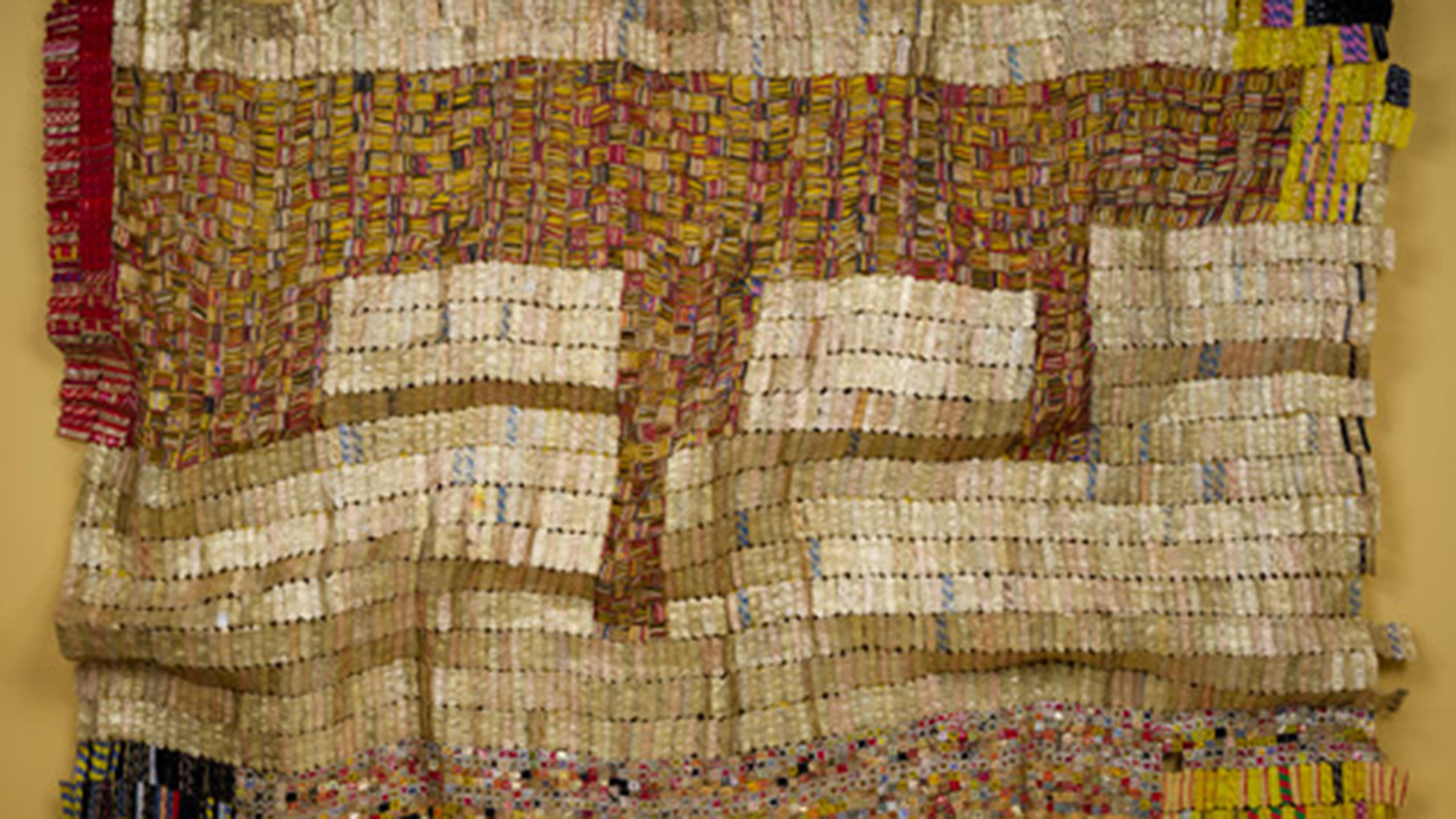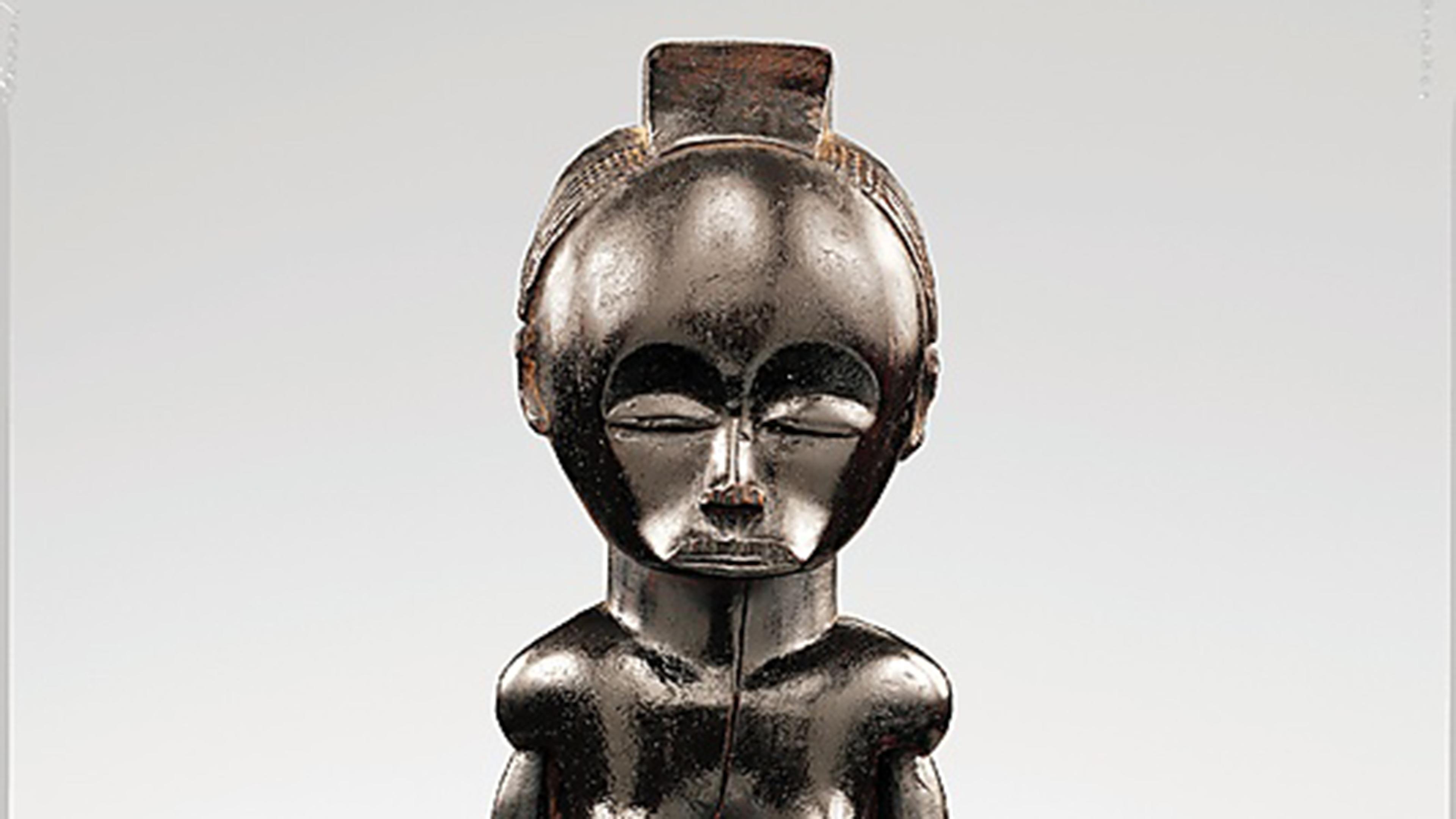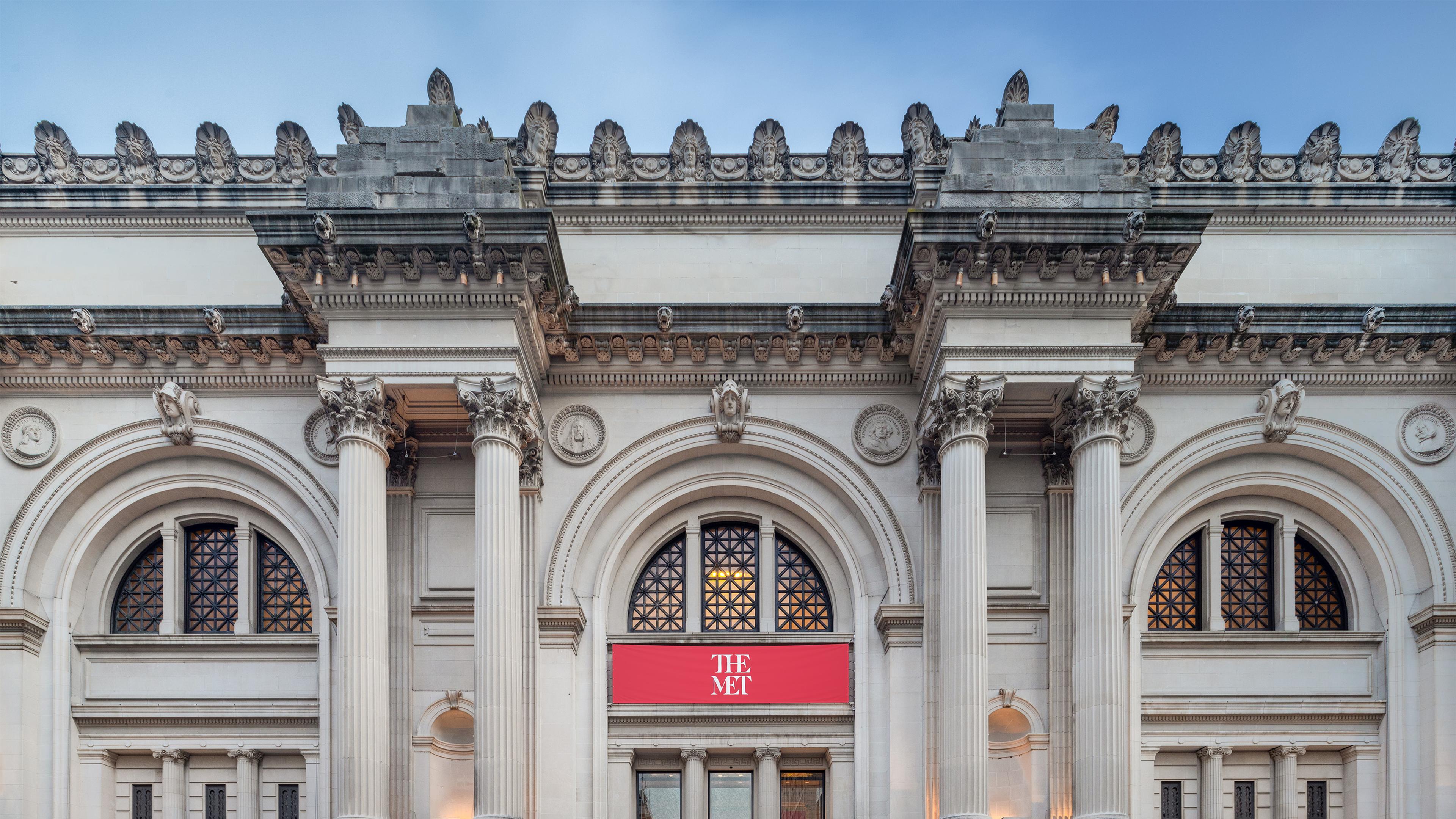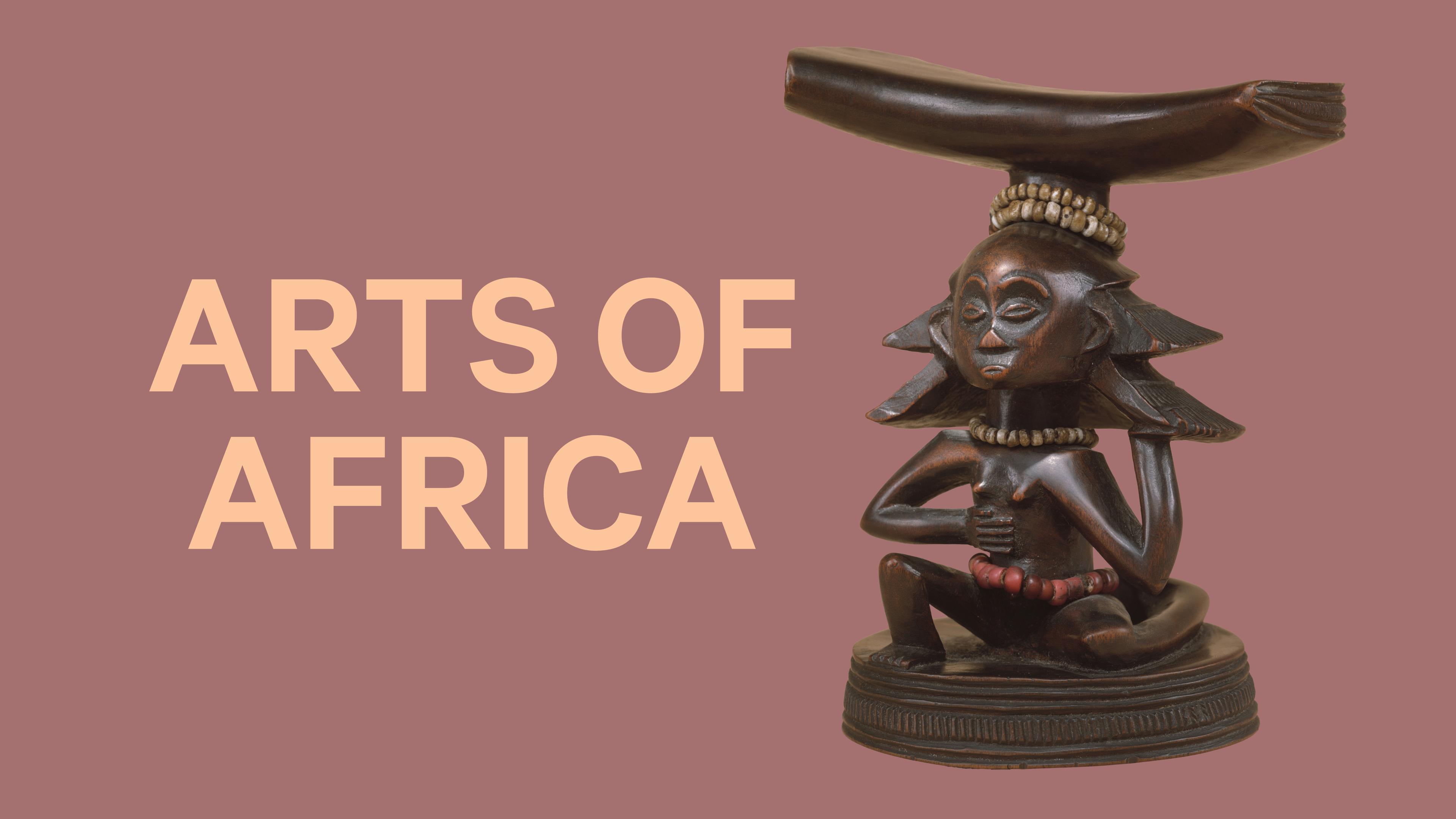
African Art in The Michael C. Rockefeller Wing
About Us
The galleries for African Art (Galleries 350, 351, 352) in The Michael C. Rockefeller Wing have temporarily closed in preparation for the exciting new renovation project which will reenvision these collections for a new generation of visitors.
Works from across the African subcontinent in The Met’s collection span a fired clay figure shaped in Mali's Inner Niger Delta in the thirteenth century to the fiber creation, LES HERBES FOLLES DU VIEUX LOGIS (2022), by contemporary Malagasy innovator Joël Andrianomearisoa. Major forms of visual expression surveyed relate to traditions of portraiture, dynastic succession, generational rites of passage, ancestor veneration, healing and divination, and theatrical performance. Their authors have contributed to major social and cultural developments, including the flourishing of urban centers such as ancient Jenne, evident in devotional sculpture sponsored by its citizenry; the arrival of Islam through trans-Saharan trade reflected in decorative arts ranging from tunics to architectural design; the early embrace of Christianity by Ethiopian monarchs and their sponsorship of liturgical works; the dawn of coastal trade with Europe and the exchange of exotic presentation pieces wrought from locally sourced ivory for imported luxury materials; a transformation in representation and the development of modernism in the West; and dynamically resilient historical traditions that endure into the present day.
In 1969 Nelson Rockefeller announced the gift of his collection of some five hundred works from sub-Saharan Africa to The Met. These were mostly figurative sculpture from West and Central Africa. The Michael C. Rockefeller Wing, which was built to display the collection, opened to the public in 1982. Additional gifts have deepened the collection and expanded its parameters, reflecting the importance of recognizing the innovative nature of historical traditions in our own time and major idioms of visual expression ranging from textiles to Ethiopian Christian art and decorative arts from southern Africa.
Since its founding, presentation of the arts of Africa collection in the Michael C. Rockefeller Wing has been accompanied by an extensive program of African art exhibitions. Beginning with The Buli Master and Other Hands (1980), these have examined the significance of landmarks of its permanent collection. Sustained research projects assembling international loans, such as 2021’s Sahel: Art and Empires on the Shores of the Sahara, have regularly advanced and expanded understanding of major thematic and historical subjects.
The online collection features high-resolution, open-access images of works in the collection, along with cultural and chronological information. These object records—an ongoing research project—also provide data on the history of works from the time of their creation to their acquisition by the Museum.
For further reading on the history of the department, see Making The Met: 1870-2020 and The Nelson A. Rockefeller Vision: Arts of Africa, Oceania, and the Americas.
In 2025, the new galleries for the arts of Africa reopened after a decade-long capital project. Learn more about the renovation here.
Gallery Closures
The Met’s galleries devoted to African Art are temporarily closed for renovation and will reopen in late May 2025.
Art
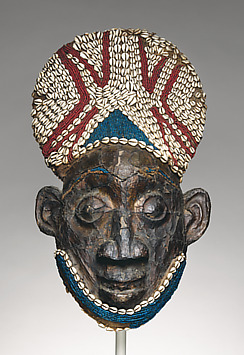
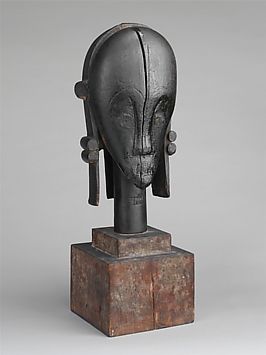

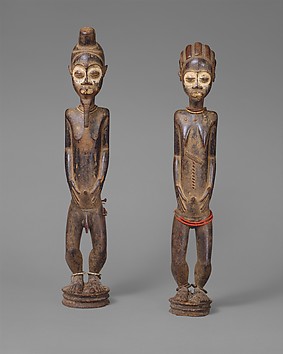
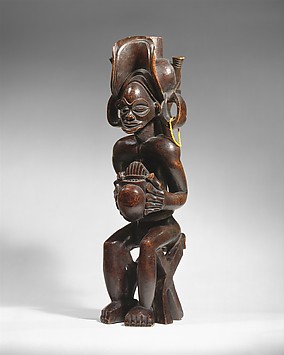

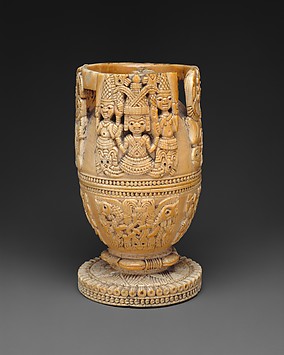

Articles, Audio, and Video
Featured
The Met’s galleries for African Art, Ancient American Art, and Oceanic Art are undergoing an exciting new renovation project which will reenvision these collections for a new generation of visitors.
Learn about The Met's new initiatives, public programs, exhibitions, and more that are part of an ongoing commitment to incorporate contemporary voices and perspectives from Africa.
The Latest
Research
Join leading experts for presentations and discussion exploring cultural heritage sites in Africa, including Lalibela and Tigray in Ethiopia and the Wamala and Kasubi Tombs of the Kingdom of Buganda in Uganda, to learn about their significance, conservation, and care.
Exhibitions
Press the down key to skip to the last item.
